Chinese Evergreen Care & Growing Tips

by
Joy Us garden
(IC: blogger)
2 Materials
30 Minutes
Easy
Algaonemas aka Chinese Evergreens are easy houseplants to care for with beautiful foliage in a variety of patterns & colors. Here's all you need to know about caring for & growing Chinese Evergreens.
Are you a fan of houseplants with patterned leaves? Let me please introduce you to Aglaonemas which are the epitome of fabulous foliage. Not only are they easy on the eyes but if you’re a beginning gardener, they’re 1 of the easy maintenance houseplants out there. These Agalonema aka Chinese Evergreen care and growing tips will get you well on your way.
When I worked in the interior landscaping biz Aglaonemas were the quintessential file cabinet and credenza plants that we used in offices. Not easy environments for these sub-tropical and tropical plants but they handled it all like troopers. I’ve always had a fondness for these patterned beauties and decided it was about time to do a post on them. They’re so easy to care for and easy to find – what was I waiting for?!
Are you a fan of houseplants with patterned leaves? Let me please introduce you to Aglaonemas which are the epitome of fabulous foliage. Not only are they easy on the eyes but if you’re a beginning gardener, they’re 1 of the easy maintenance houseplants out there. These Agalonema aka Chinese Evergreen care and growing tips will get you well on your way.
When I worked in the interior landscaping biz Aglaonemas were the quintessential file cabinet and credenza plants that we used in offices. Not easy environments for these sub-tropical and tropical plants but they handled it all like troopers. I’ve always had a fondness for these patterned beauties and decided it was about time to do a post on them. They’re so easy to care for and easy to find – what was I waiting for?!
How Chinese Evergreens are used:
Their most common use is as a tabletop plant. The larger varieties are low, wide floor plants with a rounded form. Besides offices, we used them in lobbies, malls, and even airports too. They make fine under plantings for tall floor plants and are also seen in dish gardens and living walls.
Size:
They’re sold in 4, 6, 8, 10 & 14″ grow pot sizes. They range in height from 10″ tall to 3-4′ tall. My Aglaonema Silver Bay in a 10″ grow pot is 3′ x 3′.
Varieties:
Many years ago when I worked in the trade the Silver Queen, Chinese Evergreen (A. commutatum) & the Roebellini were the 3 Ags to buy. Now there are so many varieties, leaf sizes and shapes, and patterns of Aglaonemas on the market. A sampling: Maria, Silver Bay, Siam Red, Emerald Beauty, Golden Bay, Romeo, & First Diamond to name a few.
Growth Rate:
Aglaonemas have a slow to moderate growth rate. My Silver Bay (which puts out new growth like crazy in the warmer months) & Red Agalonemas grower faster than my Maria (which is sometimes called Emerald Beauty). Agalonemas in low light will grow slower.
Chinese Evergreen Care & Growing Tips:
Exposure:
2 green thumbs up – many of the Ags are known for their tolerance of lower light conditions. I’ve found that the dark leaf varieties, like my Ag. Maria, handle low light (which isn’t no light by the way) the best.
My Ag. Red & others that have more color & brightness in their foliage need medium light to do their best. These can tolerate high light but keep them away from windows with the strong sun coming in or they’ll burn in no time flat.
Watering:
I water mine when dry. That tends to be every 7-9 days in the warmer months & every 2-3 weeks when winter comes around. Yours might need more or less – this houseplant watering 101 posts will help you out.
2 things: don’t water yours too often & back off on the frequency in the winter.
Temperature:
If your home is comfortable for you, it’ll be so for your houseplants too. Just be sure to keep your Aglaonemas away from any cold drafts as well as air conditioning or heating vents.
Humidity:
Chinese Evergreens are native to the subtropical & tropical regions. Despite this, they seem fairly adaptable & do just fine in our homes which tend to have dry air. Here in hot dry Tucson, mine only has a few teeny, tiny brown tips.
If you think yours look stressed due to lack of humidity, fill the saucer with pebbles & water. Put the plant on the pebbles but make sure the drain holes &/or the bottom of the pot isn’t submerged in water. Misting a few times a week should help out too.
Fertilizing:
Ags aren’t needy when it comes to fertilizing. I don’t fertilize mine but that might change soon because I’m experimenting with a concoction. I’ll let you know. Right now I give my houseplants a light application of worm compost with a light layer of compost over that every spring. Easy does it – 1/4 to 1/2″ layer of each for a larger sized houseplant.
Liquid kelp or fish emulsion would work fine as well as a balanced liquid houseplant fertilizer (5-5-5 or lower) if you have that. Dilute any of these to half strength & apply in spring. If for some reason you think your Chinese Evergreen needs another application, do it again in summer.
You don’t want to fertilize houseplants in late fall or winter because that’s their time for rest. Don’t over fertilize your Ags because salts build up & can burn the roots of the plant. Avoid fertilizing a houseplant which is stressed, ie. bone dry or soaking wet.
Soil:
Any good quality (preferably organic) potting soil is fine. Just be sure it’s formulated for houseplants which it’ll say on the bag. I now use Smart Naturals by Fox Farm. It has lots of good stuff in it.
Aglaonemas, like other houseplants, don’t like a heavy mix. You can up the ante on the aeration & drainage factors which lessens the chance of rot by adding some pumice or perlite.
Repotting / Transplanting:
This is best done in spring or summer; early fall is fine if you’re in a warm climate. The faster your plant is growing, the sooner it’ll need repotting.
My silver Bay is growing like crazy & is currently in a 10″ pot. Early next spring I’ll divide it into 2 plants & put them in 10″ pots. Stay tuned for that.
Pruning:
Not much is needed. The main reasons to prune this plant are for propagation or to prune off the occasional lower yellow leaf or spent flower.
Just make sure your pruners are clean & sharp before you do any pruning.
Propagation:
I’ve always propagated Chinese Evergreens by division & this has worked very well. I’ll be dividing my Silver Bay next spring & you’ll see how I do it.
If yours gets leggy over time then simply cut the stems down to a couple of inches above the soil line to rejuvenate & stimulate new growth. Cut the stems with the foliage back to 4-8″ & propagate them in a light mix.
I’ve rooted Aglaonema stems in water but never got around to planting them in the soil. I’m not sure how they transfer over from water into soil for the long haul.
Pests:
Mine have never gotten any. On commercial accounts I saw Aglaonemas with mealybugs & spider mites. Keep an eye out for aphids & scale too. I’ve done posts on mealybugs & aphids, spider mites & scale scale so you can identify & treat early on.
Pests can travel from houseplant to houseplant fast so make you get them under control as soon as you see them.
Pet Safety:
Chinese Evergreens are considered to be toxic to pets. I consult the ASPCA website for my info on this subject & see in what way the plant is toxic. Here’s more info on this for you. Most houseplants are toxic to pets in some way & I want to share my thoughts with you regarding this topic.
Flowers:
Oh yes! They are a spathe type flower which you see above. My Aglaonema Red has been in flower for 5 months now & still has some blooms on it. The spathe is light green & the spadix (the center part) is white. My Ag. Maria bloomed also but the flowers were much smaller & shorter lived & more of an ivory color.
I’ve heard that it’s good to remove the flowers because they zap energy from the plant. I leave them on & haven’t found that to be true. I cut them off (down to the base) when the spathe & spadix are both dead. Maybe I’m missing something but I like to look at them!
Good To Know:
Yellow leaves can be due to quite a few causes. The most common are: too dry, too wet or a pest infestation. If the lowest leaves are occasionally turning yellow, no worries as this are the normal growth habit of this plant.
Small brown tips are just a reaction to the dry air in our homes.
Be sure to rotate your Aglaonemas every few months so they get sunlight from all sides.
These plants are all called Chinese Evergreens as a group. This is actually the common name for the Agalonema commutatum but I think it evolved for all Aglaonemas because they were so few varieties back in the day.
Aglaonemas, Ags, Chinese Evergreens. Whatever you call them they’re awesome houseplants well worth having and you’ll love the easy care. Their fabulous foliage will win you over! I hope you found my Chinese Evergreen care roundup to be useful.
Do you want to try an Aglaonema or 2? Here are Silver Bay, Siam Red & White Calcite (similar to First Diamond) available online from Costa Farms.
Happy Gardening,
Nell Foster
{
"id": "5096453",
"alt": "",
"title": "",
"video_link": "https://www.youtube.com/embed/D0aob2bpqcM",
"youtube_video_id": "D0aob2bpqcM"
}
{
"width": 634,
"height": 357,
"showRelated": true
}
Enjoyed the project?
Suggested materials:
- Organic Potting Soil
- Fertilizer

Want more details about this and other DIY projects? Check out my blog post!
Published September 21st, 2018 2:36 PM



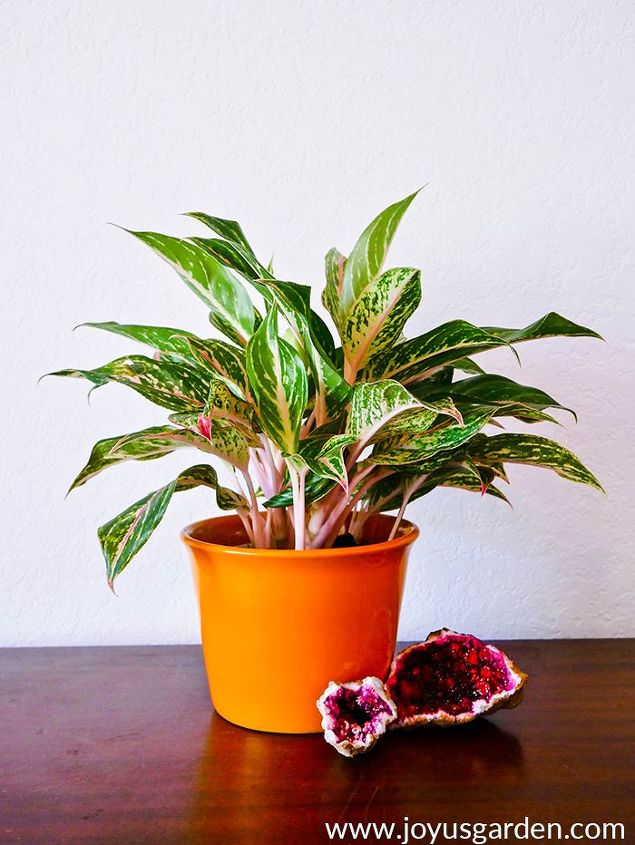






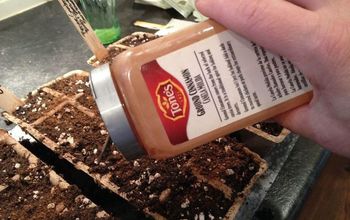









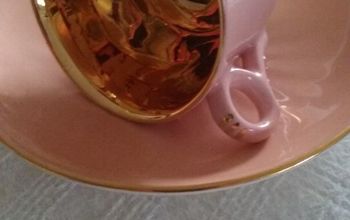


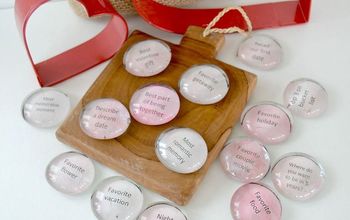


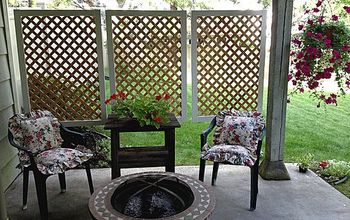

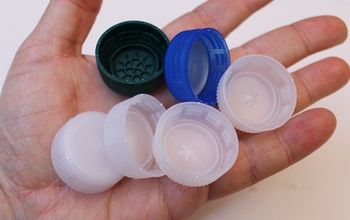



Frequently asked questions
Have a question about this project?